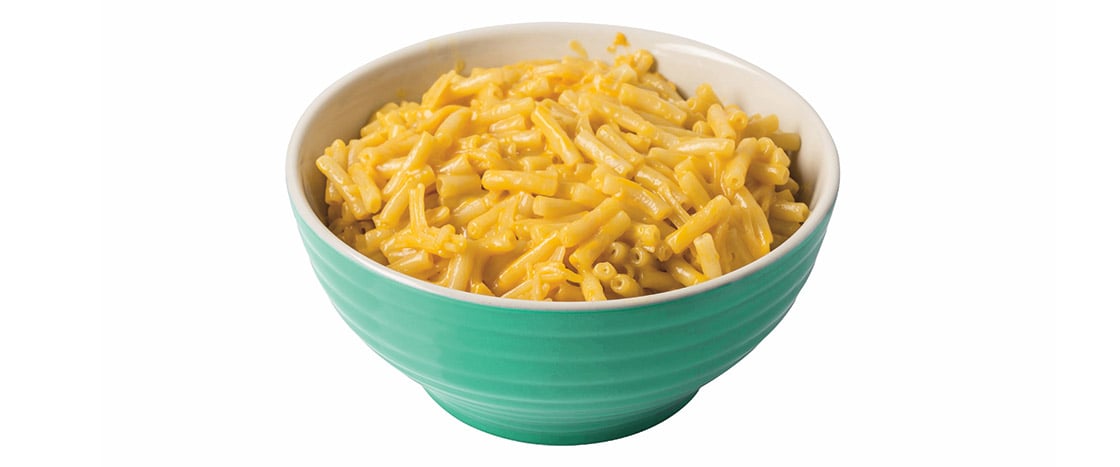The silverware sparkled. The candles glowed. Heavenly smells filled the elegant dining room. It was February 1802, and President Thomas Jefferson had invited 10 lucky guests to a dinner party at the White House.
The President was known for serving exotic meals, and the guests couldn’t wait to see what was on the menu. Soon the table was heaped with deliciousness—tender beef, roasted turkey, fruit in every color of the rainbow. But that night, Jefferson was especially excited to show off a new dish, one that he had discovered in France: macaroni and cheese.
Today, Thomas Jefferson is famous for many important achievements. He served as the principal author of the Declaration of Independence, helped America become its own country, and was the third President of the United States. But food historians give him credit for another achievement: igniting America’s obsession with macaroni and cheese.


